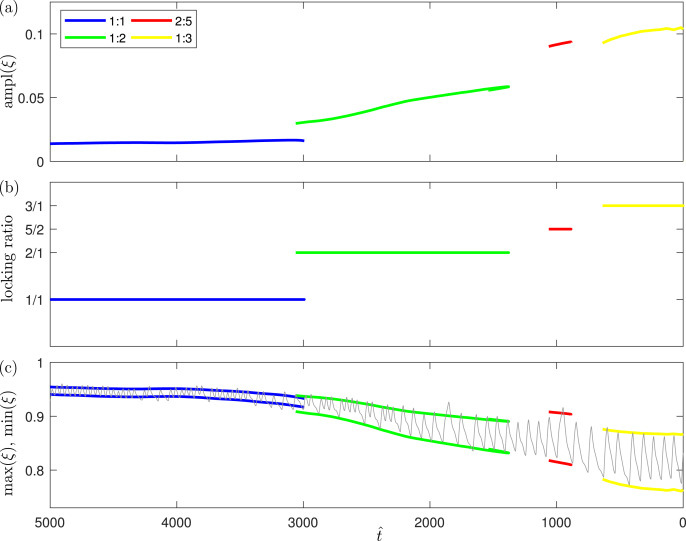Dr. Esther Widiasih, professor and chair of the Mathematics, Natural and Health Sciences division at the University of Hawai‘i–West O‘ahu, recently published an article exploring the increasing intensity of glacial cycles over the last million years.
The article, “The Mid-Pleistocene Transition from Budyko’s Energy Balance Model,” is in the journal “Physica D: Nonlinear Phenomena,” which features research and review articles reporting on theoretical and experimental work, techniques, and ideas that advance the understanding of nonlinear phenomena.
The journal is published by Elsevier, a leading scientific publisher and data analytics company, and can be accessed via ScienceDirect, Elsevier’s leading platform of peer-reviewed scholarly literature.
Widiasih’s article examines why the glacial cycles have become more intense in the last one million years, through a mathematical model and analysis on the Mid-Pleistocene Transition.
“The heart of the article is the Mid-Pleistocene Transition (MPT), which refers to a pivotal period approximately 900,000 to 1.2 million years ago when Earth’s climate shifted from a predominantly 41,000-year glacial-interglacial cycle to a longer and more intense 100,000-year cycle,” Widiasih said.
Widiasih explained this transition marked a significant alteration in the dynamics of global climate variability, impacting ice age cycles and contributing to the environmental conditions that shaped the world we know today.
“In this study, this climactic phenomenon is explained in a mathematical model utilizing a bifurcation analysis (see diagrams below),” Widiasih said. “Bifurcation analysis is a mathematical technique used to study how the behavior of a system changes as a parameter is varied, identifying points where the system undergoes qualitative shifts or bifurcations in its dynamics.”
Widiasih continued, “This study adds compelling evidence in favor of looking into ramped frequency locking as a key mechanism for the MPT. It not only offers a clear demonstration of this mechanism through a model grounded in physical principles, but also pinpoint to an important bifurcation parameter. This parameter steers the dynamics through various frequency-locking regimes of the glacial cycles.”
Widiasih noted the importance of studying the past climate.
“Earth’s climate system is so complex that so much is not understood,” Widiasih said. “In light of global warming, scientists need to understand the implications of rising temperatures on the climate system. Understanding such implications for past climates via the use of simple models could provide hints to what the future may hold for the planet.”
The work is a collaboration between Widiasih; Dr. Andrew Keane, a mathematician from the University of Cork, Ireland; and Dr. Malte F. Stuecker, climate scientist from UH Mānoa’s School of Ocean and Earth Science and Technology.

